Have you ever seen the heartbreak in a cat’s eyes, the kind that comes from betrayal or fear? It’s both gut-wrenching and inspiring to watch a cat inch its way back to trusting humans. For cat lovers, helping a cat rebuild trust is an emotional journey filled with patience, hope, and little victories that mean everything. After all, earning a cat’s trust is like being given a rare and precious treasure. If you’re ready to help a feline friend heal, you’re about to embark on a truly rewarding adventure. Let’s explore the heartfelt, practical ways you can help a cat learn to trust again.
Create a Safe and Quiet Space

The first step in helping a cat regain trust is to provide a sanctuary that feels secure. Cats recovering from trauma or neglect crave safety above all else. Set up a cozy area away from loud noises, bustling hallways, or other pets. A quiet room with a comfy bed, a hiding spot like a cardboard box, and soft blankets can make a world of difference. This space should be theirs alone—no sudden visitors, no unexpected changes. Within this zone, your cat can begin to relax, knowing they have control over their environment. The calmer their surroundings, the easier it will be for their nerves to settle. Remember, security is the foundation for trust to grow.
Give Them Time—Patience Is Everything
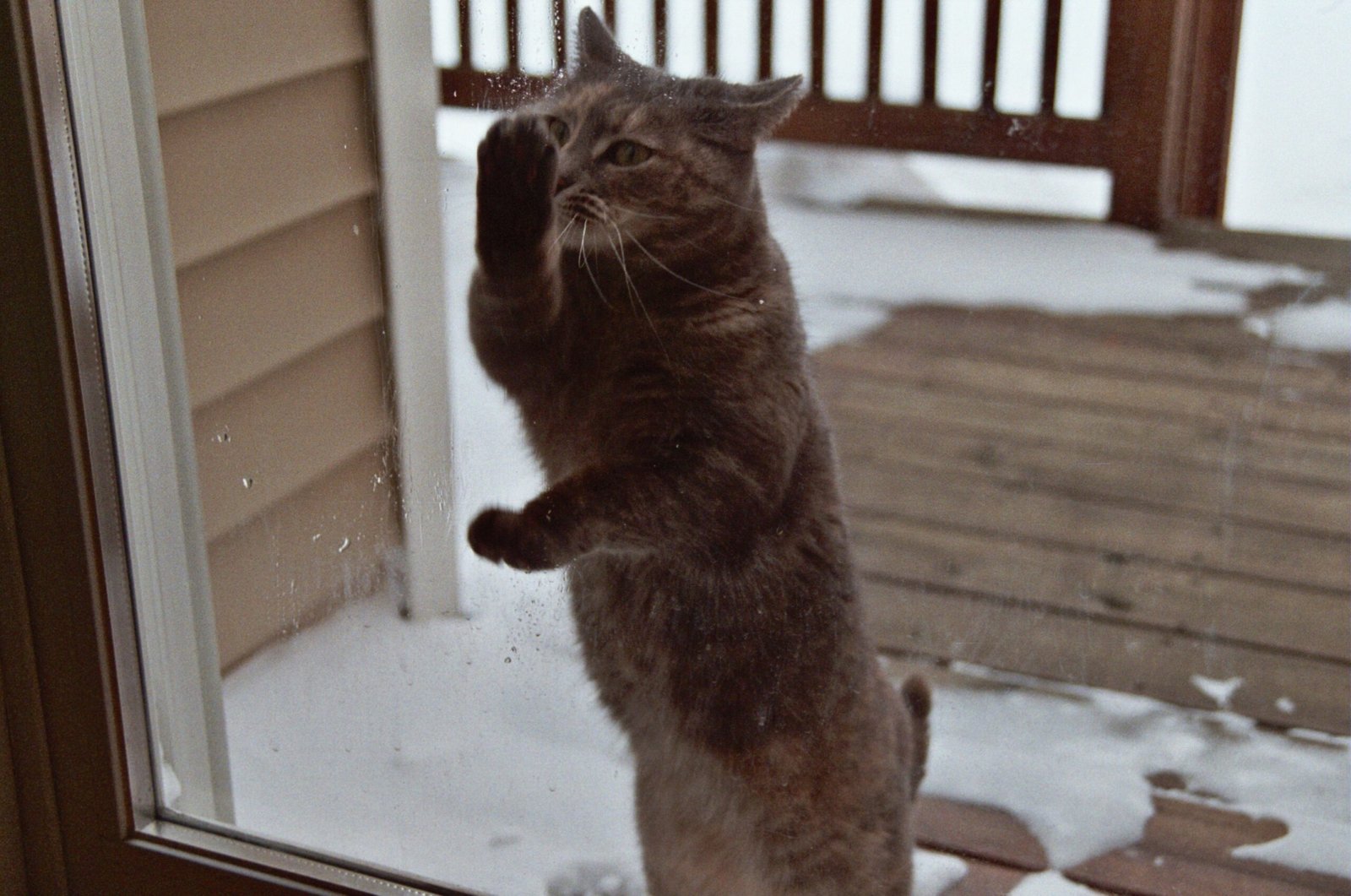
Patience is your greatest tool when helping a cat learn to trust again. Healing doesn’t happen overnight, and every cat moves at their own pace. Avoid rushing or forcing interactions; instead, let your cat approach you when they feel ready. Sometimes, progress may feel painfully slow—days or even weeks may pass before you notice any change. Still, trust is built in tiny increments. Celebrate even the smallest signs of comfort, like your cat eating in your presence or peeking out from their hiding spot. The gift of time is one of the most powerful ways you can show your commitment to their recovery.
Speak Softly and Move Gently

Cats are experts at reading our body language and tone of voice. When interacting with a fearful or wary cat, always use a gentle, soothing voice. Avoid sudden movements, loud laughter, or abrupt gestures that could startle them. Move slowly, even when you’re just walking through their safe space. If you need to reach for them, do so with an open hand and let them see you coming. These small acts of gentleness signal that you’re not a threat. Over time, your calm presence will help dissolve some of their fears, making every interaction less intimidating.
Allow the Cat to Set the Pace
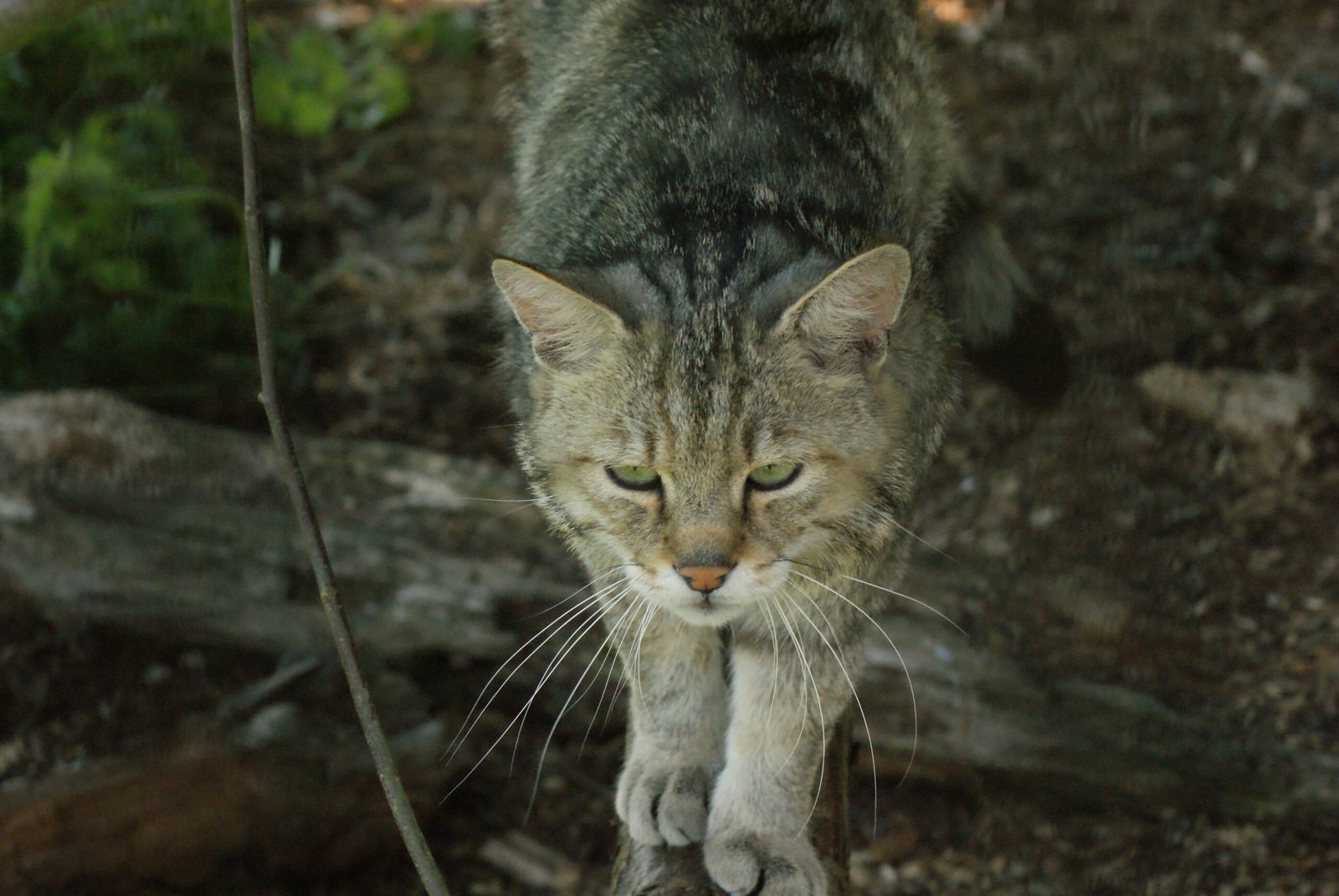
Every cat’s journey to trust is deeply personal. Some may rush to greet you after a few days, while others remain cautious for months. Let your cat decide when and how they want to interact. If they choose to stay hidden or keep their distance, respect that choice. Never force them to come out for cuddles or playtime. Even sitting quietly in the same room, reading or working, can help acclimate a nervous cat to your presence. By honoring their boundaries, you show that you respect their feelings—an essential step in rebuilding trust.
Offer Tasty Treats as Peace Offerings

Food can be a powerful bridge to trust. Start by offering high-value treats—think bits of tuna, cooked chicken, or special cat snacks—from a safe distance. Place treats near their hiding spot and gradually move them closer to you. Eventually, you might offer a treat from your hand, but only when your cat seems comfortable. This positive association helps your cat link your presence with good things. It’s a gentle way to show you mean no harm and are there to care for them.
Use Play to Build Confidence
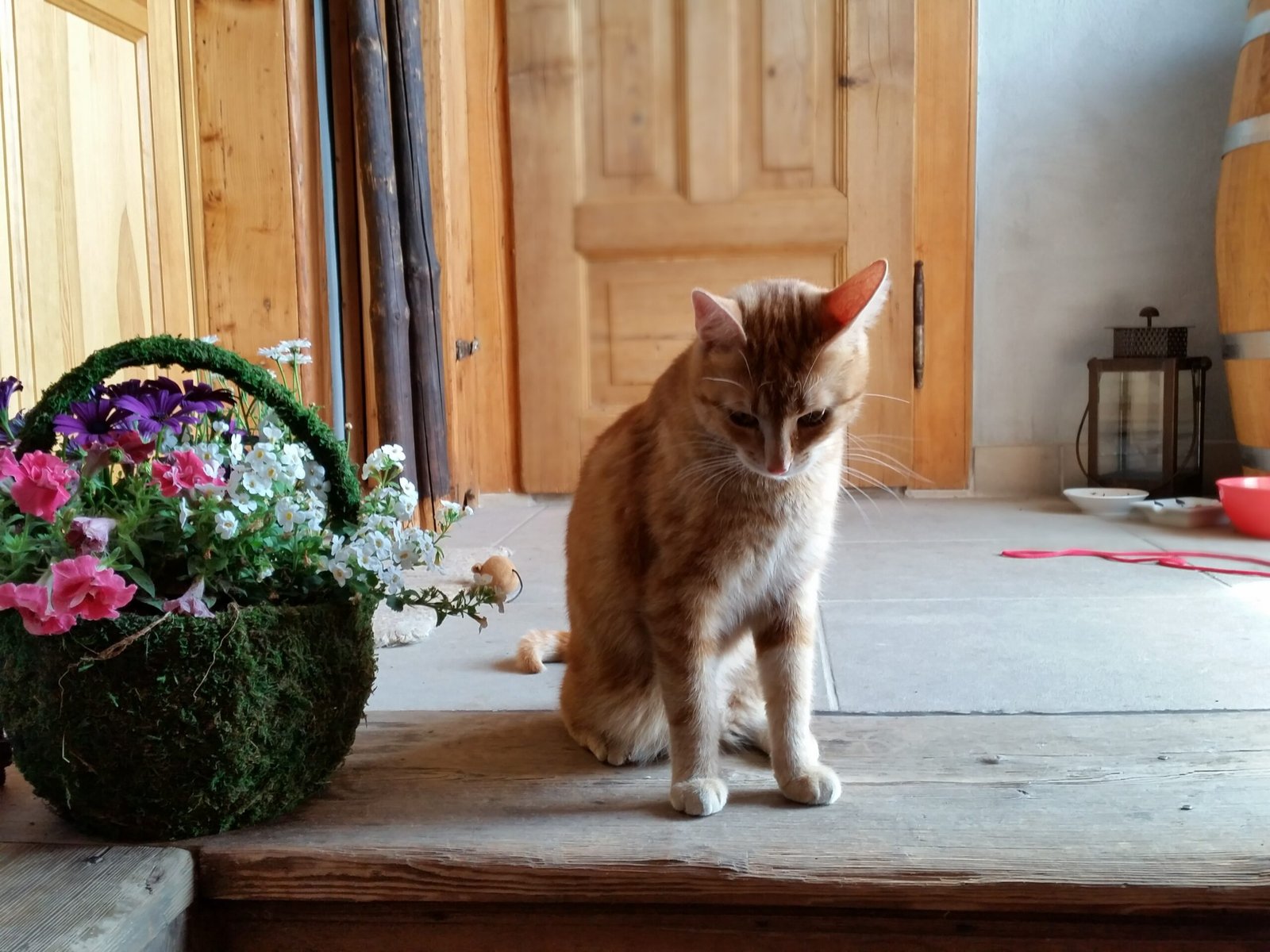
Interactive play is more than just fun; it’s a chance for your cat to regain confidence and see you as a source of joy. Wand toys, feather teasers, and soft balls can entice even shy cats to engage. If your cat is too nervous to play near you, start by moving the toy at a distance. Let them watch, pounce, and retreat at their own pace. As they grow braver, you’ll notice them coming closer during playtime. Play is also a natural stress reliever, helping your cat process fear and anxiety.
Respect Their Hiding Spots

A scared cat’s hiding spot is sacred. Never force them out or block access to their chosen sanctuary. These retreats provide a sense of control and comfort. If your cat spends most of their time tucked away, that’s perfectly normal at first. Over time, as their trust grows, you’ll see them venturing out more often. Until then, let them come and go as they please. You might even leave a soft blanket or an old t-shirt with your scent in their hideaway to gently introduce your presence.
Maintain a Consistent Routine
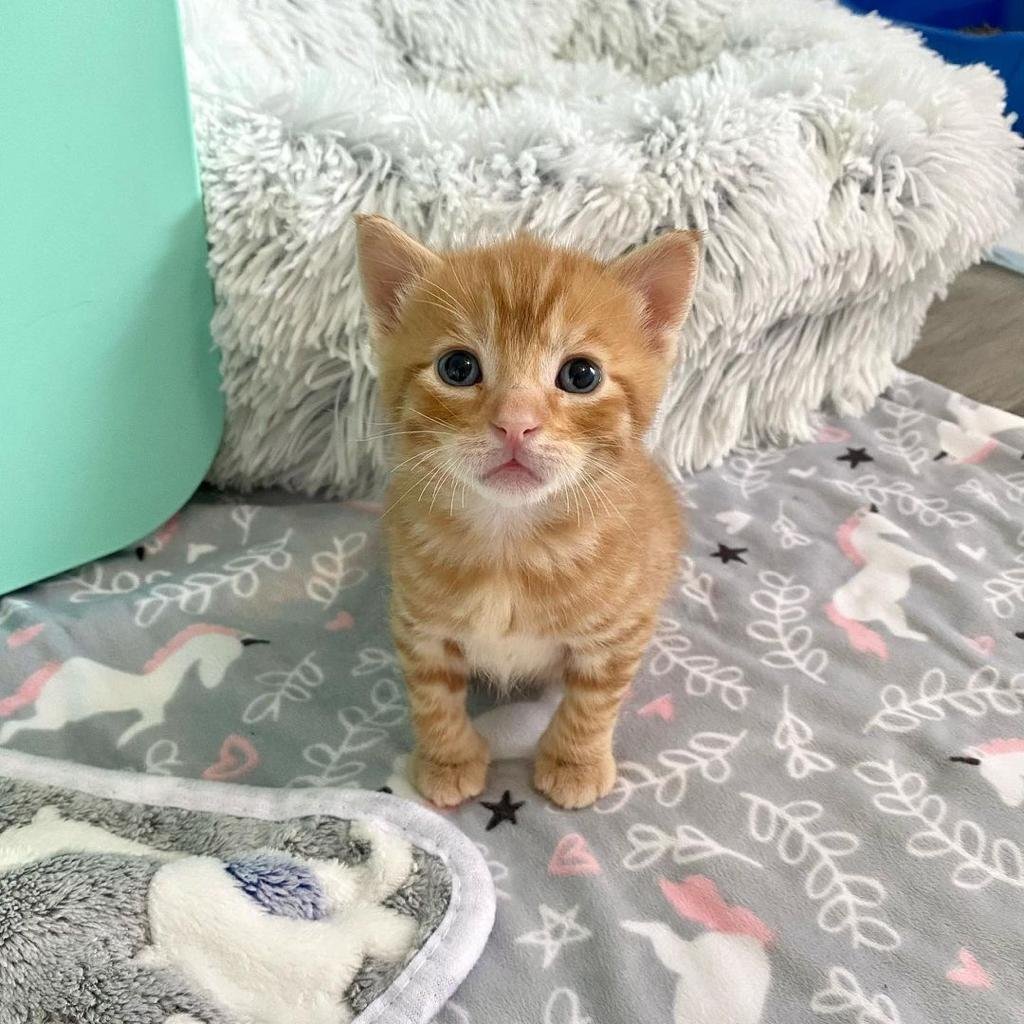
Cats thrive on predictability, especially when their world has been turned upside-down. Feed your cat at the same times each day, clean their litter box regularly, and stick to a daily rhythm. This consistency reassures your cat that they can count on you. Unexpected changes—like moving furniture or adjusting feeding times—can set back progress. A steady routine is comforting, helping your cat feel that life is no longer unpredictable or scary.
Use Calming Aids When Needed

Sometimes, a little extra help can make a huge difference. Feline pheromone diffusers, sprays, or calming collars can help soothe anxiety and create a peaceful atmosphere. These products mimic the natural pheromones that mother cats use to comfort their kittens. While not a magic fix, they can support your efforts by helping your cat feel more at ease. Always consult your veterinarian before introducing any new products, especially if your cat has health issues.
Keep Interactions Short and Positive

When you do interact with your cat, keep it brief and upbeat. A few soft words, a gentle pet, or a short play session is enough at first. End interactions while your cat is still comfortable—don’t wait until they become overwhelmed or frightened. This helps your cat develop positive associations with you and look forward to seeing you again. Over time, these short, happy moments will add up, making longer interactions possible.
Watch for Subtle Signs of Progress

Progress with a fearful cat is often measured in tiny, almost invisible steps. Watch for small changes: a tail held a little higher, a curious glance, or a quiet meow. Your cat might start grooming themselves more or show interest in the world outside their hiding spot. These subtle shifts are signs that they’re beginning to feel safer. Celebrate them—every small victory is a testament to your patience and love.
Respect Their Unique Personality

Just like people, cats have distinct personalities. Some are naturally outgoing, while others are shy or cautious even without past trauma. Don’t compare your cat to others or expect them to behave a certain way. Embrace their quirks and preferences. Whether your cat becomes a lap cuddler or prefers to keep their distance, your acceptance is key to helping them trust again.
Gradually Introduce New Experiences

As your cat’s confidence grows, slowly introduce them to new sights, sounds, and people. Start with gentle experiences, like playing soft music or inviting a calm friend to visit. Let your cat watch from a distance and retreat if they feel scared. These gradual introductions help your cat adapt to a full, rich life without overwhelming them. Always watch their body language and stop if they seem anxious.
Provide Vertical Space and Perches

Cats often feel safer when they can observe their surroundings from above. Set up cat trees, shelves, or window perches where your cat can climb and watch the world go by. Vertical space gives them a sense of control and security, especially in a home with other pets or children. It’s also a fun way for them to explore without feeling threatened.
Encourage Gentle Socialization
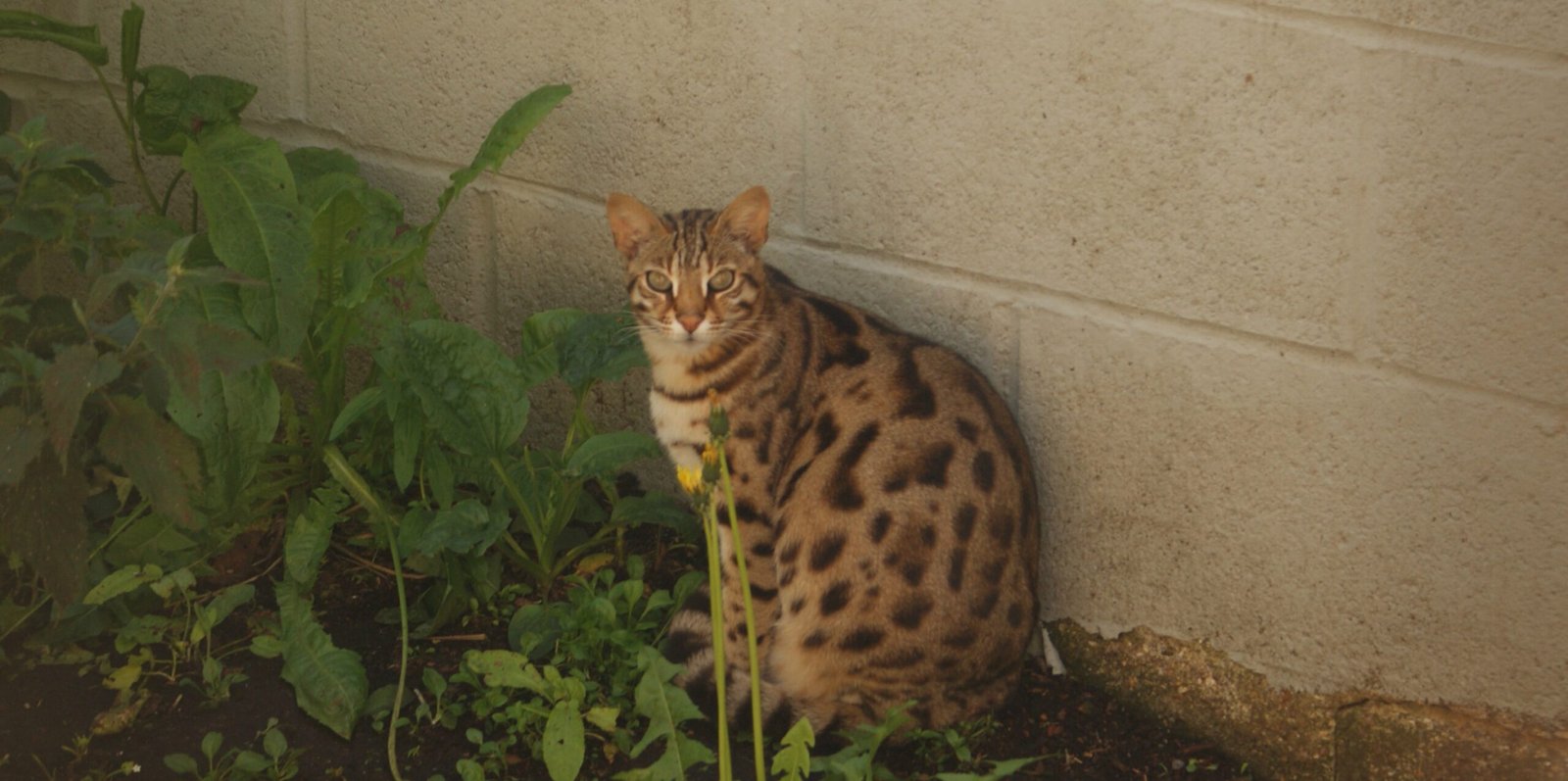
If your cat is ready, offer opportunities for gentle socialization. This could be as simple as letting them sniff your hand or sit nearby while you talk softly. If you have other pets, introduce them slowly and under close supervision. Never force interactions—let your cat set the pace. Positive social experiences show your cat that not all new things are scary, especially when you’re by their side.
Practice Positive Reinforcement

Reward every brave step with praise, treats, or gentle pets. Positive reinforcement helps your cat connect good things with new experiences. Never punish or scold a fearful cat, as this can destroy hard-won trust. Instead, focus on rewarding behaviors you want to see more of, like coming out of hiding or letting you pet them. With enough encouragement, your cat will start to take more chances.
Keep the Environment Stress-Free

Stress can quickly undo progress with a cat learning to trust. Keep the environment calm by minimizing loud noises, sudden changes, or chaotic activity. If you host guests, let your cat stay in their safe room until things quiet down. Calm, peaceful surroundings help your cat relax and focus on healing. The less stress in their life, the easier it will be for trust to blossom.
Monitor Health and Well-Being

Sometimes, fearfulness is linked to pain or illness. Regular vet check-ups are crucial for cats rebuilding trust. If your cat suddenly becomes more withdrawn or aggressive, it’s wise to rule out medical issues. A healthy cat is better able to process new experiences and form positive bonds. Don’t underestimate the power of good physical health in emotional recovery.
Share Your Progress with a Support Network

Supporting a cat on their journey can be emotionally taxing. Reach out to fellow cat lovers, online forums, or local support groups for advice and encouragement. Sharing stories and tips can help you stay motivated and give you new ideas to try. It’s also comforting to know you’re not alone on this journey. Sometimes, just hearing “you’re doing great” from someone who understands makes all the difference.
Prepare for Setbacks and Celebrate Successes

Progress is rarely a straight line. Your cat may have good days and tough days, and that’s perfectly normal. When setbacks happen—like hiding after a loud noise or refusing treats—don’t take it personally. Stay patient and keep going. Equally important, celebrate every milestone, no matter how small. Each step forward is a testament to your commitment and your cat’s courage.
Build a Bond That Lasts a Lifetime

The journey to trust may be slow, but the bond that forms is unbreakable. Over time, your cat will learn that you’re a source of safety, comfort, and love. The quiet moments, gentle purrs, and soft headbutts become reminders of how far you’ve both come. This bond is built on patience, respect, and kindness—qualities that will serve you both for years to come. Helping a cat trust again isn’t just about healing wounds; it’s about creating a friendship that stands the test of time.
Hi, I’m Bola, a passionate writer and creative strategist with a knack for crafting compelling content that educates, inspires, and connects. Over the years, I’ve honed my skills across various writing fields, including content creation, copywriting, online course development, and video scriptwriting.
When I’m not at my desk, you’ll find me exploring new ideas, reading books, or brainstorming creative ways to solve challenges. I believe that words have the power to transform, and I’m here to help you leverage that power for success.
Thanks for stopping by, Keep coming to this website to checkout new articles form me. You’d always love it!






